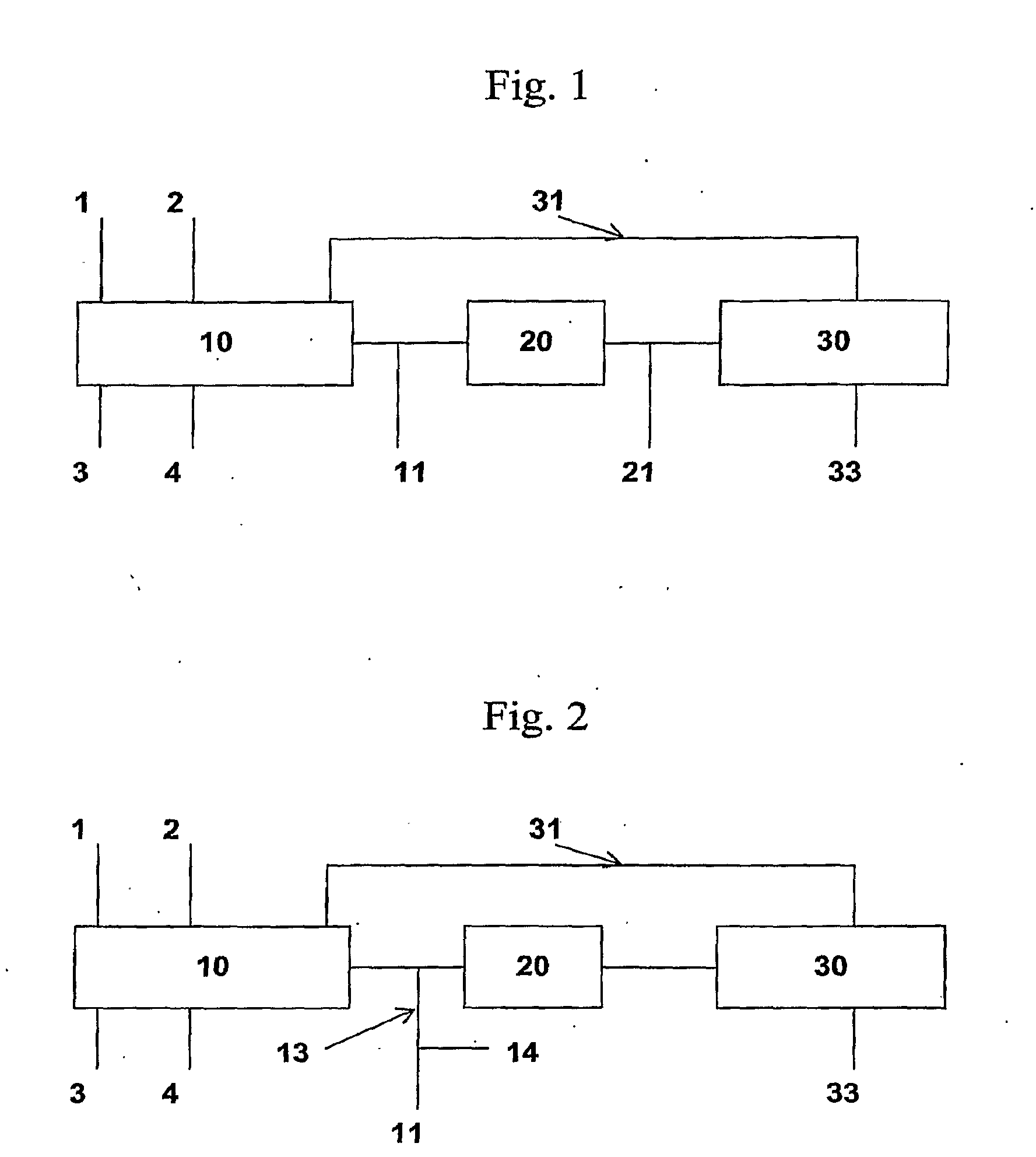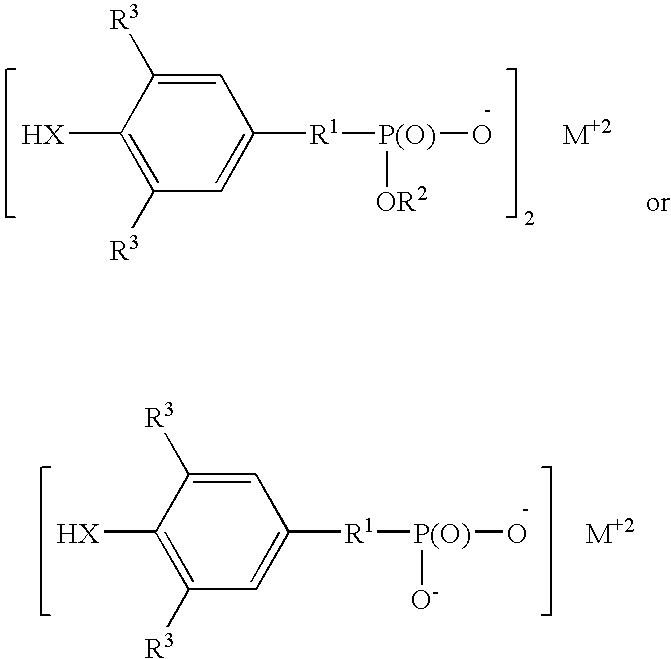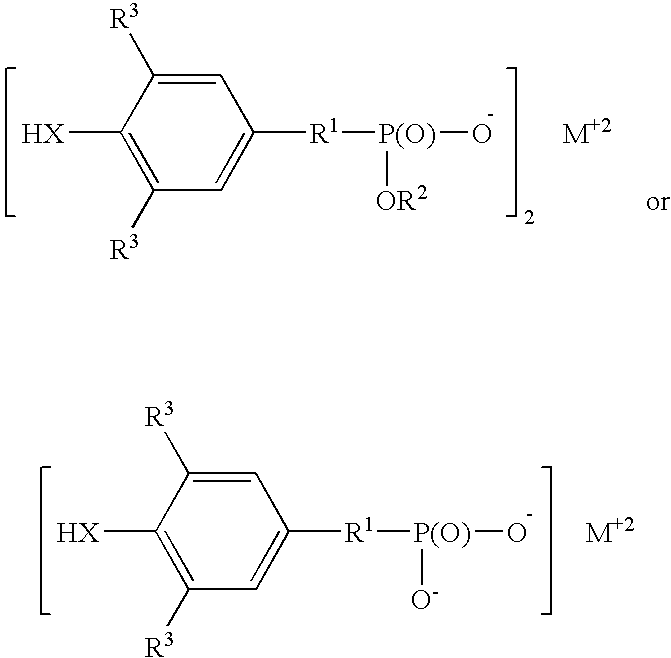Neutralization of deactivated polymerization catalyst using phosphoric or phosphonic acid salts
a technology of phosphoric acid salts and neutralizers, which is applied in the direction of vapor condensation, separation processes, chemical instruments and processes, etc., can solve the problems of reducing the efficiency of olefin polymerization, and generating considerable amounts of acidic compounds and halide containing compounds, etc., to achieve the effect of reducing equipment fouling, corrosion, and reducing acidity
- Summary
- Abstract
- Description
- Claims
- Application Information
AI Technical Summary
Benefits of technology
Problems solved by technology
Method used
Image
Examples
examples
[0060]An ethylene / 1-octene polymer is prepared in two continuous stirred tank reactors (CSTR's) of 5 liters volume each operated in series. The reactors are equipped with a shell to keep the reactor volume at adiabatic conditions. The feed to the first reactor comprises a mixture of C3-10 n-alkane containing 20 percent ethylene which is charged at a rate of 30 kg / hr. The temperature of the solvent / ethylene feed is 15° C. and the pressure is maintained at 3.5 MPa. 1-Octene is added as a separate stream into the first reactor. By an additional separate stream, fresh solvent, a Ziegler-Natta procatalyst comprising a suspension of a MgCl2 supported TiCl4 in the same n-alkane mixture is injected into the first reactor at a rate of about 0.01 g Ti / hr. The procatalyst is prepared essentially according to the procedure of U.S. Pat. No. 4,547,475 and contains Mg / Cl / Al / Ti in the mole ratios 13 / 35 / 4 / 1. Together with the procatalyst, triethylaluminum cocatalyst is fed in an amount of 3.5 mole o...
PUM
| Property | Measurement | Unit |
|---|---|---|
| Fraction | aaaaa | aaaaa |
| Fraction | aaaaa | aaaaa |
| Fraction | aaaaa | aaaaa |
Abstract
Description
Claims
Application Information
 Login to View More
Login to View More - R&D
- Intellectual Property
- Life Sciences
- Materials
- Tech Scout
- Unparalleled Data Quality
- Higher Quality Content
- 60% Fewer Hallucinations
Browse by: Latest US Patents, China's latest patents, Technical Efficacy Thesaurus, Application Domain, Technology Topic, Popular Technical Reports.
© 2025 PatSnap. All rights reserved.Legal|Privacy policy|Modern Slavery Act Transparency Statement|Sitemap|About US| Contact US: help@patsnap.com



